Designing and building a restaurant is a complicated process. Oftentimes, people only see the result of a restaurant opening when everything looks perfect, and the establishment is full of excited, hungry diners. However, getting to that point involves a lot of hard work, even for the most experienced restaurateurs. Potential owners will benefit from having an appreciation for all of the moving parts, financial burdens, and stress involved prior to the opening.
Our Design & Build series will walk you through every step of the process, providing tips to lead you — and carry you through — planning an effective restaurant build. For Part One, we will cover the services and costs to consider when planning a budget.
Although we reference “restaurants” for brevity’s sake, this information is intended for any facility with a commercial kitchen.
A Breakdown of Essential Expenses
Determining expenses for a restaurant opening can be a stressful, if not shocking, task for potential owners new to this aspect of the industry. Because opening a restaurant requires such a large investment of time and money, listing and analyzing the cost of each service to determine your total price tag is imperative before starting the process.
When seeking out companies or individuals to partner with, remember to solicit multiple quotes for each service and compare them carefully. Don’t hesitate to ask questions and seek clarification on any aspect of the cost breakdown.
Design and Construction Professionals
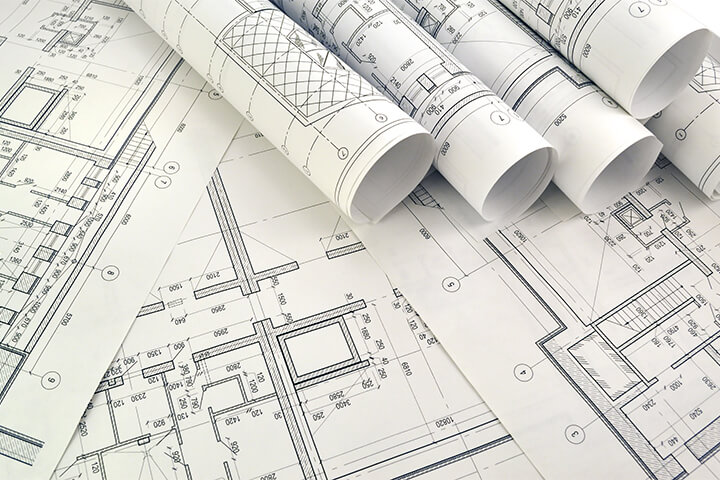
Your team of professionals is the first cost to consider.
First, there is the architect. Understanding local market rates for architectural services will help you budget effectively. Make sure they are familiar with commercial kitchens and their requirements, as they are vastly different from residential kitchens. Hiring someone that knows what it takes to build a restaurant is essential.
Also, confirm that the architect will be handling the interaction with your team of engineers (mechanical/structural/electrical) to put their set of drawings together for construction permits. This is their team.
Next, factor in the costs of a skilled kitchen designer. They will make sure the flow of your operations/equipment works with all the aspects of the building and your menu. The kitchen equipment designer will work with the architect and their engineers to create a set of drawings for permits, health department reviews, and construction. This step should also save costs with the architect and alleviate extra change orders with the extra detailed coordination.
Kitchen designers typically work on a design contract based on the square footage of what needs to be designed, as well as the complexity of the building.
Finally, you will need to hire a general contractor to oversee the entire construction process. Their fees will depend on the project’s size and complexity, as well as the prevailing construction costs in your area. As with the architect, ensure that the general contractor is well-versed in restaurant construction.
Kitchen Equipment
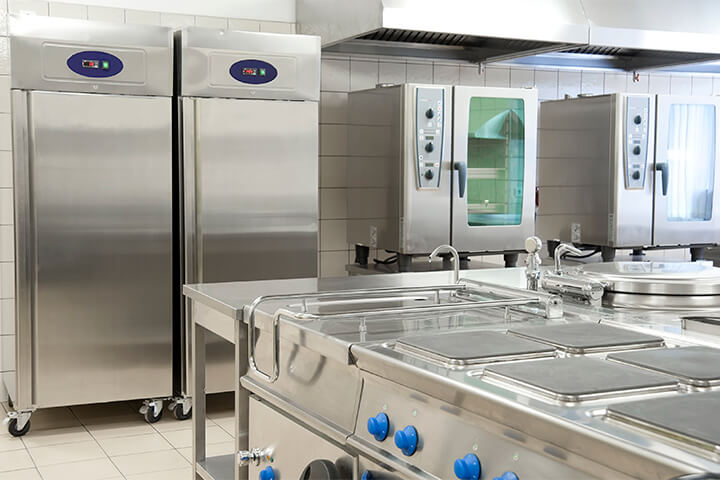
Kitchen equipment represents a substantial investment. Costs vary significantly based on the type of cuisine, the volume of service, and whether you purchase new or used equipment.
- New Equipment: Factor in installation and delivery charges.
- Used Equipment: Consider potential repair and maintenance costs.
- Leasing: Allows for spreading payments over time but can be more expensive in the long run. Carefully evaluate the terms and conditions of any lease agreement for hidden fees.
Payroll

Projecting payroll costs is essential for financial planning. You’ll need an estimate for your pre-opening payroll, which includes salaries for management staff during the setup phase, training, and initial marketing efforts.
Ongoing payroll encompasses wages and benefits for all employees, including chefs, servers, bartenders, bussers, and dishwashers. Factor in prevailing wage rates, payroll taxes, and employee benefits. Restaurants that offer health insurance and paid time off will have an easier time attracting and retaining quality employees.
Smallwares

Smallwares are available in a wide range of price points based on the quality of materials, their durability, design, and brand name.
For kitchen utensils and tools, the quality and quantity will depend on your menu and kitchen operations. For tableware, consider the style and durability appropriate for your restaurant concept.
Furniture, Fixtures, and Equipment (FF&E)
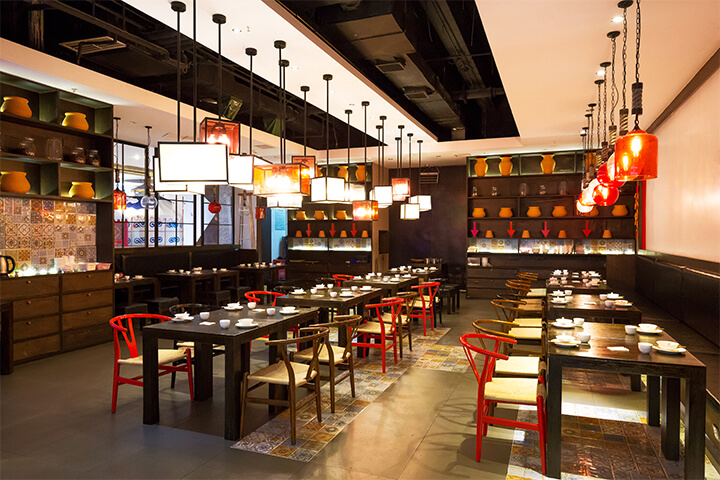
FF&E includes many items that have a direct impact on the customer experience. These range from tables, chairs, lighting, and décor to the Point of Sale (POS) system you choose. Other business necessities that fall in the FF&E category include items like security systems, signage, and permits.
Equipment Maintenance and Cleaning
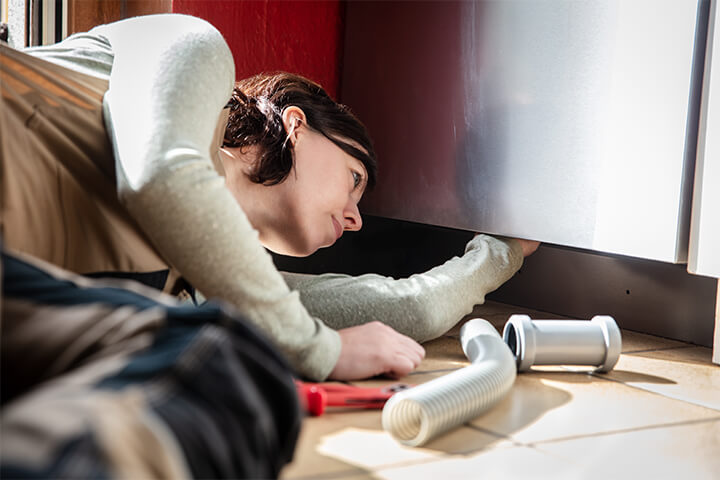
Budget for ongoing maintenance and cleaning to protect your long-term operational efficiency.
- Preventative Maintenance: Regular servicing of kitchen equipment to prevent breakdowns and extend its lifespan.
- Repairs: Budget for potential repairs, as unexpected equipment failures can disrupt operations.
- Cleaning Supplies and Services: Factor in supplies that ensure a clean and sanitary environment, and comply with health regulations. We recommend professional cleaning services for certain tasks like the bane of the industry’s existence — cleaning the ice machine.
Unexpected Challenges
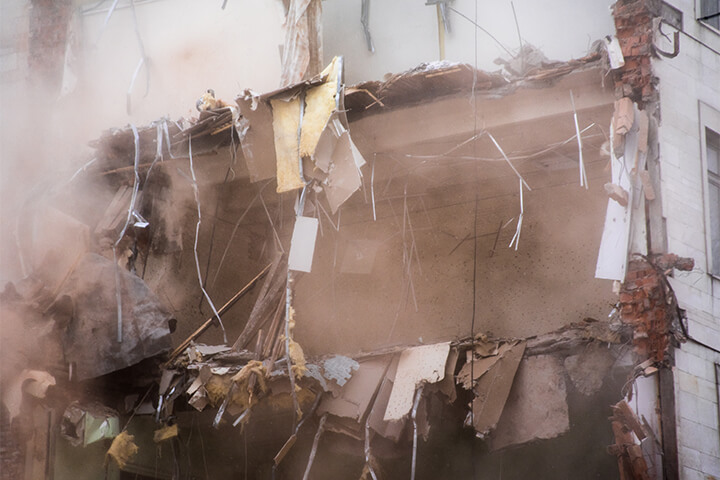
Expect the unexpected. A contingency fund (typically 10-20% of the total projected costs) accounts for unforeseen expenses, construction delays, or changes in market conditions. Most importantly, having a contingency fund in place will help you sleep better at night.
A Look Ahead
Successfully launching a restaurant requires meticulous planning and a realistic budget. We hope this article helps to guide you through this initial stage. For our next piece, we will present the questions you will need to ask yourself when choosing a location for your restaurant. Stay tuned!



